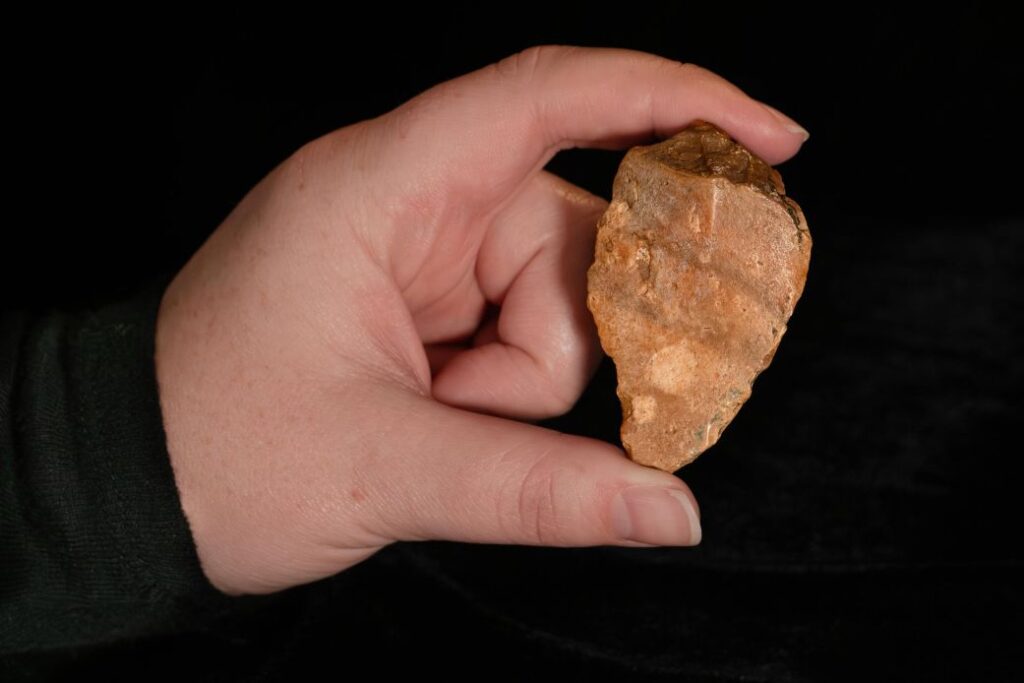Archaeologists have uncovered primitive sharp-edged stone tools on the Indonesian island of Sulawesi, adding another piece to an evolutionary puzzle involving mysterious ancient humans who lived in a region known as Wallacea.
Located beyond mainland Southeast Asia, Wallacea includes a group of islands between Asia and Australia, among which Sulawesi is the largest. Previously, researchers have found evidence that an unusual, small-bodied human species dubbed Homo floresiensis — also called “hobbits” due to comparisons with the diminutive characters in fantasy author J.R.R. Tolkien’s books — lived on the nearby island of Flores from 700,000 years ago until about 50,000 years ago.
The newly discovered flaked stone tools, which date back between 1.04 million to 1.48 million years ago, represent the oldest evidence for human habitation of Sulawesi and suggest the island might have been inhabited by early human ancestors, or hominins, at the same time — or possibly earlier — than Flores. Researchers reported the findings in a study published Wednesday in the journal Nature.
Researchers are still trying to answer key questions about these Wallacea island hominins — namely when and how they arrived on the islands, which would have required an ocean crossing.
Flaked stone tools were earlier uncovered on Flores and dated to about 1.02 million years ago. The latest find suggests there might have been a link between the populations on Flores and Sulawesi — and that perhaps Sulawesi was a stepping stone for the hobbits on Flores, according to the authors of the new research, who have studied sites on Flores.
Continue reading the complete article on the original source



